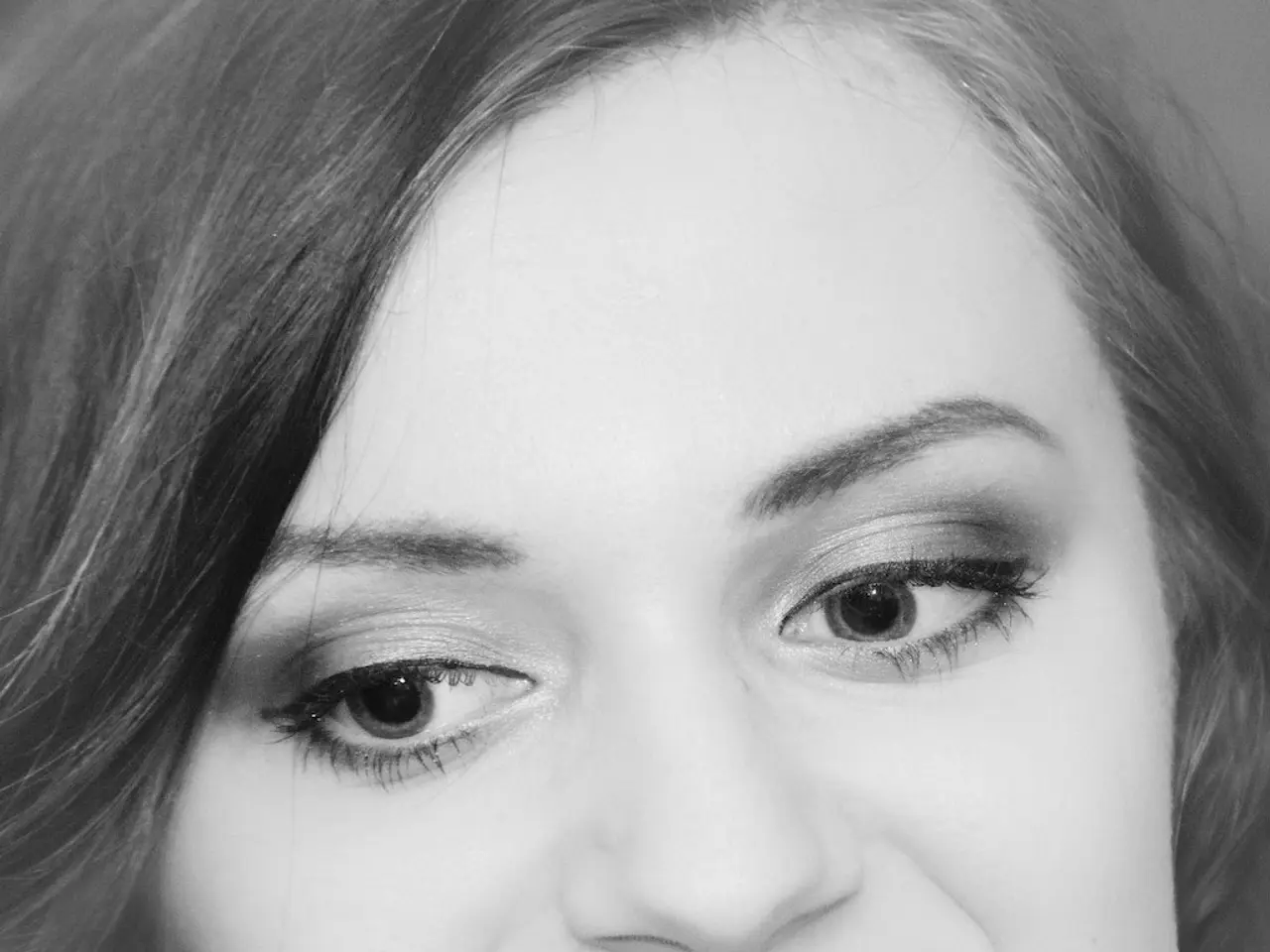Emotional eye fixations and facial expressions during emotional movie scenes in individuals recuperating from bipolar disorder
A recent study has shed light on the emotional processing abilities of individuals with bipolar disorder (BD), revealing potential trait-related abnormalities in their behavioural displays of emotion. The research, which compared remitted BD patients with healthy controls, focused on visual gaze patterns and facial displays of emotion during emotional film clips.
Thirty-eight BD patients in full or partial remission and forty healthy controls were recorded while viewing seven emotional film clips. These clips included scenarios of happiness, sadness, neutrality, winning, risk-taking, and thrill-seeking behaviour. Eye gaze and facial expressions were meticulously recorded during the film clips, and participants rated their emotional reactions after each clip.
The findings suggest that BD is associated with a negative bias in both facial displays of emotion and self-rated emotional responses. More negative emotions were reported during the risk-taking/thrill-related film clips by BD patients, while there was less positive self-rated emotion during the winning and happy film clips. Interestingly, BD patients exhibited more fearful facial expressions during all film clips.
However, the study did not find any significant difference in eye gaze patterns between BD patients and healthy controls. This indicates that the differences in emotional processing may be more subtle and focused on facial displays rather than visual gaze patterns.
While there is limited direct research specifically comparing visual gaze patterns and facial displays of emotion in remitted BD patients versus healthy controls during emotional film clips, some related insights can be drawn from the literature. For instance, research in schizophrenia has documented reduced smiling and emotional mimicry compared to healthy controls using naturalistic interactions. Depression research shows that depressed individuals tend to avoid eye contact and display nonspecific gaze patterns, indicating altered visual attention to emotional cues.
Despite these findings, there is no explicit study identified that directly compares remitted BD patients with healthy controls during emotional film clips, nor that rigorously tests specificity against unipolar depression. Therefore, future studies comparing patients with BD and unipolar depression are warranted to clarify whether these differences are specific to BD.
In summary, the study highlights the need for further investigation into the emotional processing differences in BD patients, particularly in relation to facial displays of emotion during emotional film clips. By understanding these differences, we may gain insights into the underlying mechanisms of bipolar disorder and develop more targeted treatments for emotional dysregulation in this population.
The study implies a negative bias in the self-rated emotional responses and facial displays of emotion in individuals with bipolar disorder (BD), particularly during scenarios of risk-taking and thrill-seeking behavior. Additionally, more fearful facial expressions were exhibited by BD patients during all film clips, suggesting a potential link between bipolar disorder and mental health, especially related to emotional processing.




